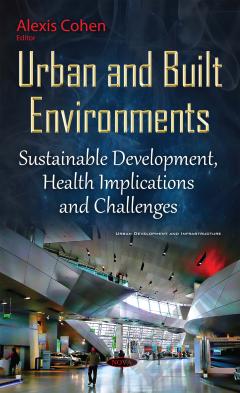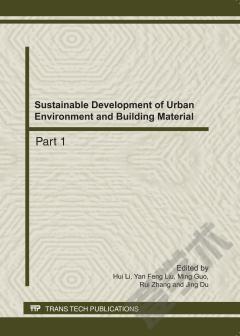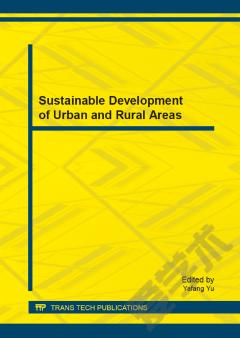Urban and Built Environments: Sustainable Development, Health Implications and Challenges
The relationship between human beings and the urban environment is a topic increasing in relevance. Most of the people in the world live in an urban context and, as many scholars assert, the more urbanism is developing, the more specific problems arise, such as insecurity, loneliness and weak social ties. This book explores urban and built environments, focusing on chapters that examine the predictors of life satisfaction from living in an urban environment; contradictions between environmental indicators for a walkable neighbourhood and human behavior; reckless urbanization and pathways of therapeutic planning in an Italian urban sprawl; an evaluation of changes in urban environments using orthophoto maps (i.e., aerial images). This kind of research is very important for sustainable development of urban environments to gain control of the development of construction sites to monitor the keeping of building regulations and the use of building materials. Other chapters explore volatile organic compounds (VOC) based on their detrimental effects on human health and the environment; key factors for the sustainability of built environments; and efficiency of planning and design tools towards eco-friendly, high-density communities.
{{comment.content}}








 京公网安备 11010802027623号
京公网安备 11010802027623号